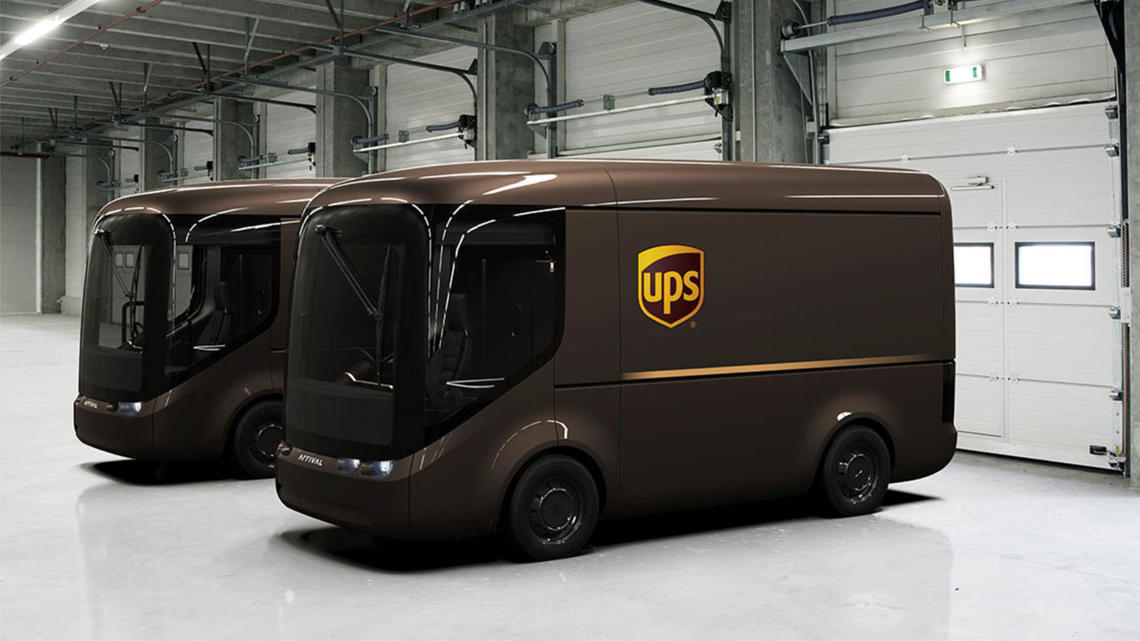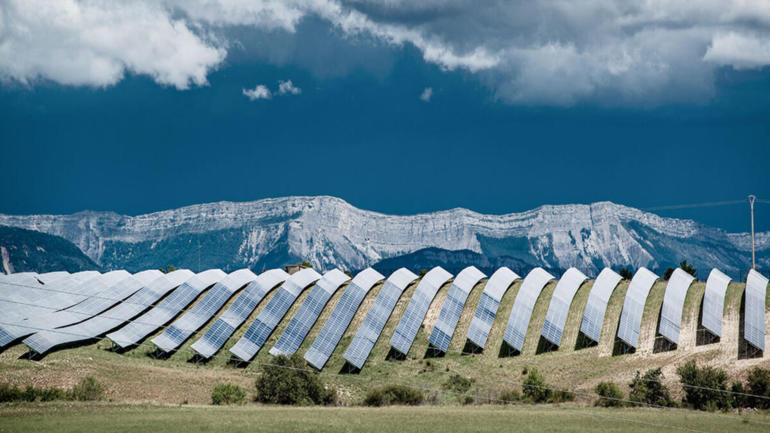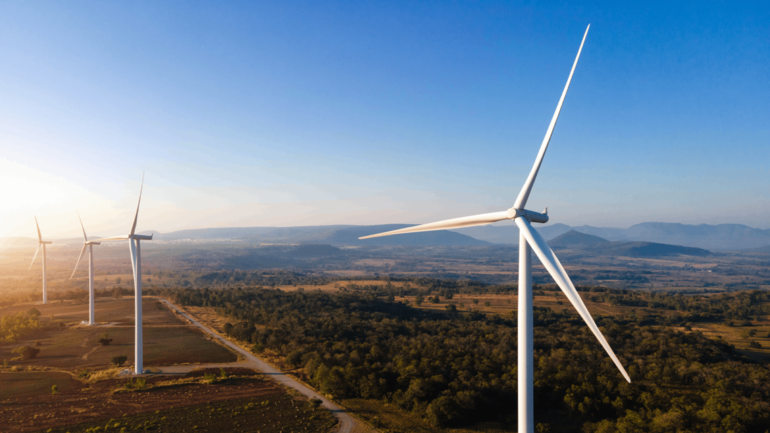WBCSD has launched a new Talanoa blog series to demonstrate that business is taking action to implement climate commitments that support and accelerate ambitious climate action.
This Talanoa blog series is a strong complement to our policy strategy and is designed to give policymakers the confidence they need to ramp up climate commitments (NDCs) on the road to COP24 and to COP26 in 2020.
Examples focus on innovative solutions, jobs created, as well growth and cost savings numbers as a result of climate action. Read them to see what motivates our member companies to take climate action and how these actions are good for growth.
UPS Talanoa Blog - Leading the Charge: The Future of Fleet Electrification
Commercial truck fleets are making the transition to a clean energy future, and electrification is leading the way. Recent research commissioned by UPS and conducted by GreenBiz sheds new light on the path forward and what it will take to transform freight delivery for the future.
By some estimates, the transportation sector contributes to 18% of global greenhouse gas (GHG) emissions – and that figure continues to grow. According to the study, using electric vehicles for delivery fleets – also called fleet electrification - is a key strategy for transportation companies to reduce their GHG emissions and create a more sustainable future.
Of the large companies and government fleet operators surveyed in the UPS study, 83% cite sustainability goals as the primary motivator for electrifying their fleets. Bottom line: Industry is making the investments needed to develop and deploy electric vehicle (EV) technology across a range of applications and requirements.
However, there are clear opportunities and challenges on the road ahead, and fleet operators are learning from each other how to bring this technology to scale. The top barriers to wider adoption include high initial purchase price, lack of EV charging infrastructure, and lack of suitable product availability. Fleet operators also cite a lack of sufficient electric vehicle maintenance and operation expertise.
Despite these hurdles, I am encouraged by the technology advances across the EV landscape. At UPS, we’ve accelerated our own electrification efforts, collaborating with small and large manufacturers alike to enable more rapid adoption of a variety of EVs. In 2017, we announced an investment in 125 of the Tesla fully electric Semi trucks scheduled to begin production next year. A partnership with UK vendor ARRIVAL is helping to develop an extended range delivery vehicle that uses battery technology and a smart on-board electric system to give it a 150-mile range. And in Los Angeles, we’re collaborating with Thor Trucks to develop and test a medium duty electric delivery truck.
A clear barrier to broad scale adoption of electric vehicles is the lack of adequate charging infrastructure. For example, in Central London, we expect to expand our EV fleet from 65 to 170 vehicles over the next few years. This will require electric infrastructure upgrades that allow large numbers of vehicles to be charged simultaneously while also meeting the existing demands of the operations.
To address this need, we collaborated with UK Power Networks Services and the Cross River Partnership to launch the Smart Electric Urban Logistics (SEUL) project with funding from the UK’s Office for Low Emission Vehicles. This resulted in a first-of-its-kind smart-grid system uses a central server connected to each EV charge post, as well as the grid power supply and on-site energy storage. The system relies on an “intelligent” approach to charging that balances energy usage throughout the night. The building can use the power needed to run the overnight facility operations - lights, conveyors, scanning technology – while ensuring EVs are fully charged the following morning when package deliveries begin. And all the while, the building never exceeds the maximum power available from the grid.
As a result of this project and the learning that comes with the related investments, we can envision the possibility of a tailored approach to determine the best way to electrify specific UPS facilities and fleets. This would be accomplished by combining a variety of solutions including conventional power grid upgrades, smart grid, on-site energy storage with batteries, and local power generation such as solar arrays on facility roofs. We’re sharing insights from this project with other fleet operators, energy and technology companies, and cities in hopes of spurring widespread adoption.
The UPS and GreenBiz research findings and our own experience signals that the barriers to fleet electrification are beginning to come down.
As with most sustainability work, collaboration is key. Converting fleets from conventional fuels to electric has broader financial implications across an organization, requiring broad-based executive support. Supplier collaboration helps ensure the fleet is built for purpose and performance, and with total cost of ownership in mind.
External engagement with groups such as the World Business Council for Sustainable Development’s below50 and Transforming Urban Mobility initiatives are critical to creating the market demand needed to scale more sustainable energy solutions.
And perhaps most importantly, an early point of engagement with utilities and community leaders helps assure infrastructure upgrades, equipment and system integration that allows for seamless interaction between vehicles and the power grid.
With the power of collaboration, fleet electrification at a scale that can deliver meaningful impact on emissions and climate change is within reach.








